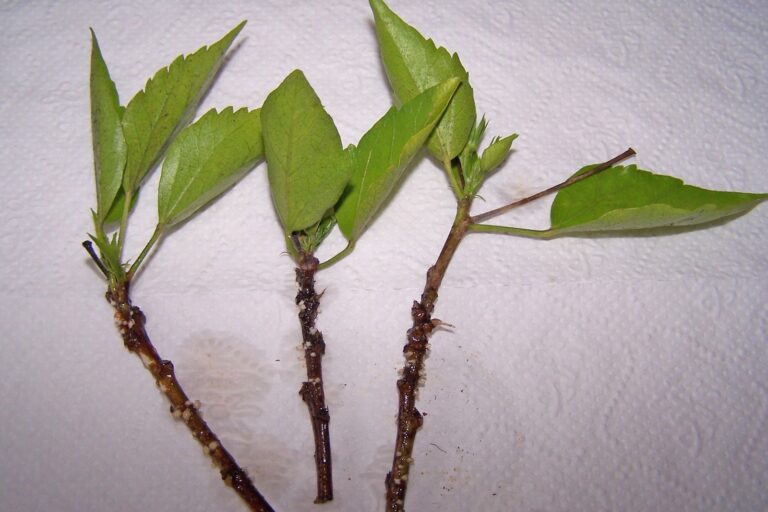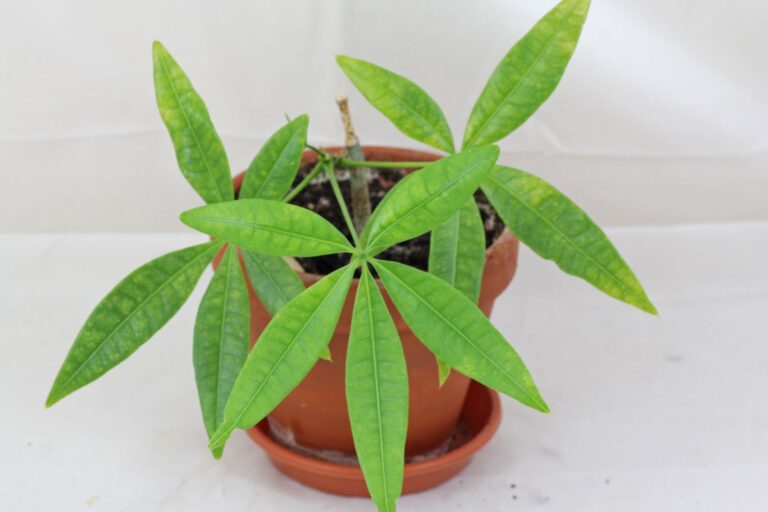There are many cultivated varieties of the plant known as Alcea rosea, or commonly called Hollyhock. It can be obtained with simple or double flowers in many colors.
Alcea rosea is a biennial to perennial plant, but it doesn’t live for very long. Therefore, it is good if it is allowed to set seeds so that its presence in the garden is ensured.
The seeds germinate in late summer or autumn, and only a few basal leaves grow on these plants. The flowering stems appear only after overwintering and in the next early summer.
There are plants that die after the first bloom, and others that overwinter again. However, they do not live longer than four years, at least not in my garden.

By the way, the Hollyhock is an ecologically valuable ornamental plant. Its flowers are visited by honeybees, bumblebees, and other wild bees. Besides aphids, fire bugs and other bug species also feed on its plant sap. There is always something to observe on this member of the mallow family.

The Hollyhock in the flowerbed
In favorable locations, the Hollyhock can grow up to two meters high and one meter wide. It displays its flowers from early summer to fall.
It thrives best in sunny locations. It is good if it is exposed to direct sunlight for at least four hours a day.

The soil should be humus-rich to slightly loamy and able to retain moisture well. Alcea rosea cannot thrive in sandy or excessively well-draining soil.
Its frost tolerance is around -22°F (-30°C).



